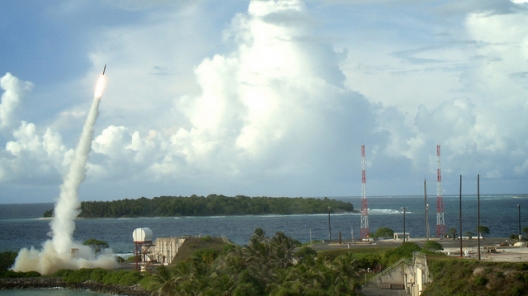 The Defense Department presently intends to declare the second and third phases of the European Phased Adaptive Approach “technically capable” in 2015 and 2018. This is in spite of the fact that problems getting the plan’s next-generation ballistic missile technology to work correctly have already caused the department to postpone deployment of some capabilities as compared to original plans, the Government Accountability Office concluded in a Friday report. . . .
The Defense Department presently intends to declare the second and third phases of the European Phased Adaptive Approach “technically capable” in 2015 and 2018. This is in spite of the fact that problems getting the plan’s next-generation ballistic missile technology to work correctly have already caused the department to postpone deployment of some capabilities as compared to original plans, the Government Accountability Office concluded in a Friday report. . . .
The United States declared Phase 1 of the plan technically active in December 2011 with the deployment of an AN/TPY-2 radar in Turkey and the fielding of warship-mounted Standard Missile 3 Block 1A interceptors in the Mediterranean. However, an initiative to augment by 2014 the existing capability to defeat short-range ballistic missile attacks will now not come until 2015, “due in part to addressing limitations identified following Phase 1 declaration,” GAO officials said.
Additionally, the Pentagon’s Missile Defense Agency has decided to split implementation of Phase 2 into two parts — a “core” capability to be announced in 2015 and an upgrade to come in 2017. Congressional auditors found that this schedule “is on a higher risk path than originally planned,” as “activities initially expected to be sequential are now concurrent. . . .”
The Pentagon now plans to field Phase 3 assets in 2020 — two years later than was originally envisioned.
Image: US missile defense test, Sept. 10, 2013 (photo: Department of Defense)
